45 label at end of compound statement
Linux terminal – error: label at end of compound statement - iTecNote The reason why you meet the error label at end of compound statement is because the default case can not be empty, it means you must provide a break or ; empty ... PDF P2324R1 Title: Labels at the end of compound statements (C ... The wording proposed here is a minimal self-contained change that adds an explicit rule to have labels at the end of compound-statement. The disadvantage is that such labels are treated specially and the formal grammar does not reflect the full symmetry of the situation. (P2324R0 lists alternatives).
C : switch et défault vide - Developpez.net Feb 3, 2019 ... foetus, le 03/02/2019 à 11h00#2. Une petite recherche sur Internet et on tombe sur le fil stackoverflow - label at end of compound statement
:max_bytes(150000):strip_icc()/Coping-Skills-For-Kids-c22d233fb21b4484a9c662091147e93b.jpg)
Label at end of compound statement
Why this code is showing "error: label at end of compound statement ... 1 Actually, by putting break, it's working fine. My doubt was regarding the fact that if the condition doesn't match any case label, then it should go to the default case, by rules. Even, when, I'm putting the default case at the end, after these two cases, then it's working fine! Evolution GCC error: label at end of compound statement - Arch Linux The undocumented extension that allowed C programs to have a label at the end of a compound statement, which has been deprecated since GCC 3.0, has been removed. What this means is that the default: statement at the end of connection_listen_cb needs a statement after it - add a new line break; which will do absolutely nothing but means the code ... 52655 - confusing "error: label at end of compound statement" for ... The following code compiles with error: label at end of compound statement with the gcc 4.6.1 compiler. Content of t.c: ----8<---- void foo (int op) { int x = 100000 >> 3; /* OK */ switch (op) { case 0: x = 100000 >> 3; /* t.c:12:5: error: label at end of compound statement */ break; default: } } ---->8---- Command: gcc -c t.c Reproduced on OS ...
Label at end of compound statement. PDF Title: Labels at the end of compound statements (C compatibility ... In C++, declarations are statements and compound statements can only have statements as block- items. Thus, labels can already be attached to all statements, i.e. including declarations, but can not be placed at the end of compound statements. When I compile my program, why does it complain with "label at end of ... Label at end of compound statement is the case 5: without anything to execute. What you need is at least break: case 4: case 5: // do nothing break; Now about syntax - it does seem wrong. First - you don't need extra brackets for code in case. Declarations/definitions as statements in C and C++ excerpt from Statements and blocks statement: labeled-statement compound-statement expression-statement selection-statement iteration-statement jump-statement Note that there are no declarations that are statements in C. So, the meaning of statement is clearly different in the languages. Labels at the end of compound statements (C compatibility) Author Oct 26, 2020 ... allow labels at the end of a compound statement, while C++ does not. It is proposed to change the. C++ grammar to remove this remaining ...
Linux terminal - error: label at end of compound statement Apr 2, 2014 ... The reason why you meet the error label at end of compound statement is because the default case can not be empty, it means you must provide ... PK98987: Compiler error: label at end of compound statement - IBM ... error: label at end of compound statement. APAR status. Closed as program error. Error description. $ attolcc -keep -verbose -- gcc -c t13.c ... error: label at end of compound statement when using make #1 Nov 20, 2021 ... bfc.c: In function 'main': bfc.c:102:9: error: label at end of compound statement 102 | default: | ^~~~~~~ bfc.c:15:9: warning: unused ... Compound Statement (C) | Microsoft Learn A compound statement (also called a "block") typically appears as the body of another statement, such as the if statement. Declarations and Types describes the form and meaning of the declarations that can appear at the head of a compound statement. Syntax compound-statement: { declaration-list opt statement-list opt } declaration-list: declaration
1.1: Compound Statements - Mathematics LibreTexts If p and q are statements. then here are four compound statements made from them: ¬ p, Not p (i.e. the negation of p ), p ∧ q, p and q, p ∨ q, p or q and. p → q, If p then q. Example 1.1. 2: If p = "You eat your supper tonight" and q = "You get desert". Statements - cppreference.com A compound statement or block groups a sequence of statements into a single statement. ... A label at the end of a compound statement is treated as if it were followed by a null statement. (since C++23) Selection statements. A selection statement chooses between one of several control flows. 13.6.1 BEGIN ... END Compound Statement - MySQL [begin_label:] BEGIN [statement_list] END [end_label] BEGIN ... END syntax is used for writing compound statements, which can appear within stored programs (stored procedures and functions, triggers, and events). A compound statement can contain multiple statements, enclosed by the BEGIN and END keywords.statement_list represents a list of one or more statements, each terminated by a semicolon ... Statements - cppreference.com An expression followed by a semicolon is a statement. Most statements in a typical C program are expression statements, such as assignments or function calls. An expression statement without an expression is called a null statement. It is often used to provide an empty body to a for or while loop.
Linux terminal - error: label at end of compound statement Linux terminal - error: label at end of compound statement 18,292 The reason why you meet the error label at end of compound statement is because the default case can not be empty, it means you must provide a break or ; empty statement.
Switch labels should not be nested inside non-switch blocks MISRA C 2004, 15.1 - A switch label shall only be used when the most closely-enclosing compound statement is the body of a switch statement. MISRA C++ 2008, 6-4 ...
Resolving the "a label can only be part of a statement..." error The C language standard only allows statements to follow a label. The language does not group declarations in the same category as statements.
⚙ D133887 [Clang] Support label at end of compound statement A label at the end of a compound statement is treated as if it were followed by a null statement Does it make sense to write an AST test to verify this? I think a test like that would be reasonable, yes. Izaron updated this revision to Diff 460987. Sep 17 2022, 4:06 AM Change C2x implementation status and C2x release notes Add an AST test
8. Compound statements — Python 3.11.3 documentation Compound statements — Python 3.11.2 documentation. 8. Compound statements ¶. Compound statements contain (groups of) other statements; they affect or control the execution of those other statements in some way. In general, compound statements span multiple lines, although in simple incarnations a whole compound statement may be contained in ...
52655 - confusing "error: label at end of compound statement" for ... The following code compiles with error: label at end of compound statement with the gcc 4.6.1 compiler. Content of t.c: ----8<---- void foo (int op) { int x = 100000 >> 3; /* OK */ switch (op) { case 0: x = 100000 >> 3; /* t.c:12:5: error: label at end of compound statement */ break; default: } } ---->8---- Command: gcc -c t.c Reproduced on OS ...
Evolution GCC error: label at end of compound statement - Arch Linux The undocumented extension that allowed C programs to have a label at the end of a compound statement, which has been deprecated since GCC 3.0, has been removed. What this means is that the default: statement at the end of connection_listen_cb needs a statement after it - add a new line break; which will do absolutely nothing but means the code ...
Why this code is showing "error: label at end of compound statement ... 1 Actually, by putting break, it's working fine. My doubt was regarding the fact that if the condition doesn't match any case label, then it should go to the default case, by rules. Even, when, I'm putting the default case at the end, after these two cases, then it's working fine!
/https://tf-cmsv2-smithsonianmag-media.s3.amazonaws.com/filer/7f/95/7f95e627-3288-4be4-a8d9-7ecf56b292be/microscope_image3.jpg)

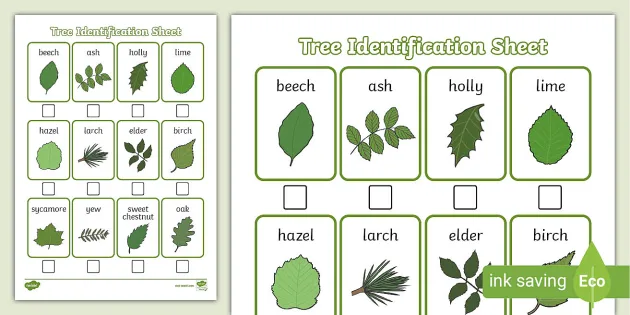
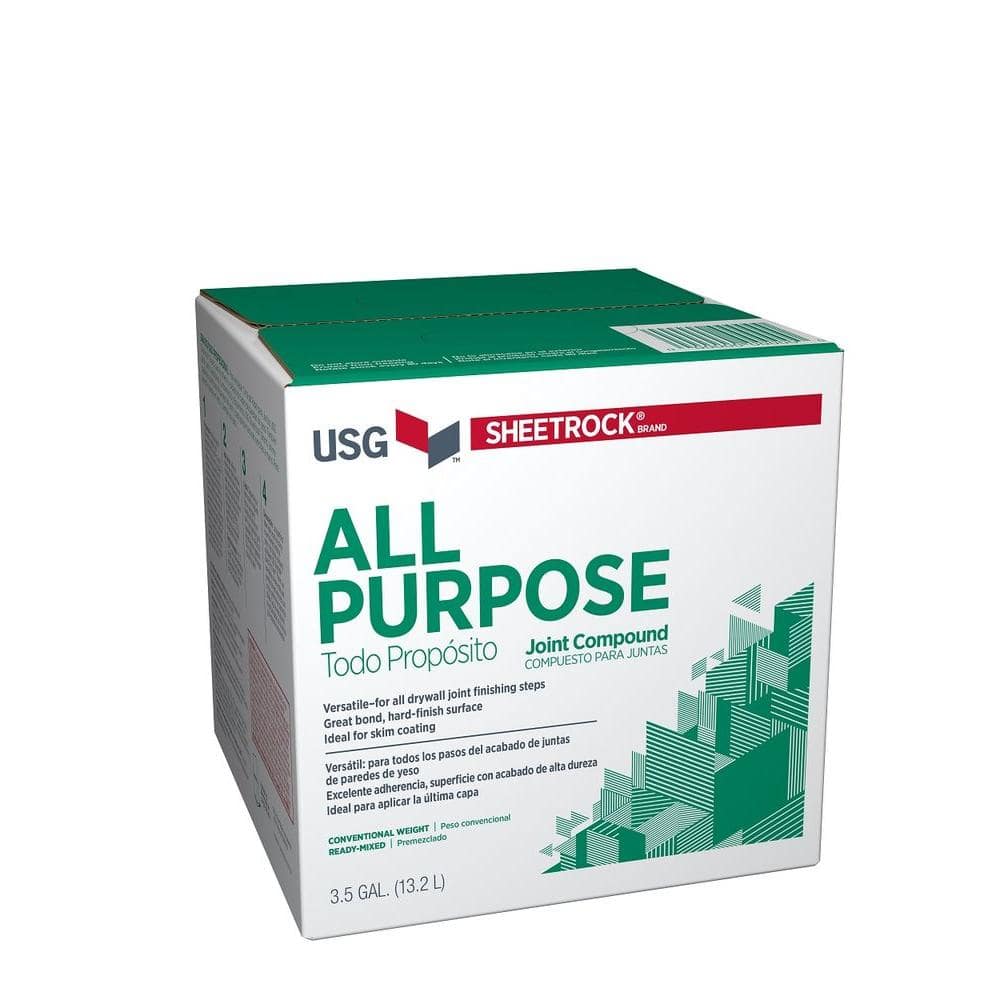
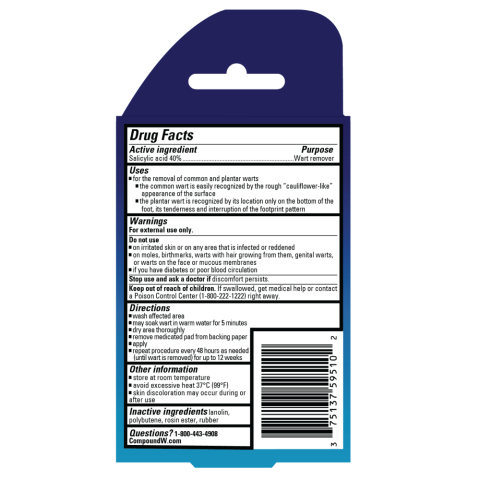


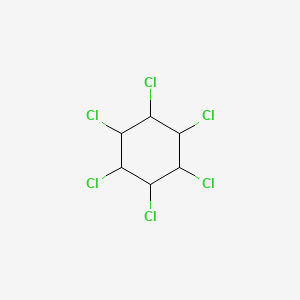
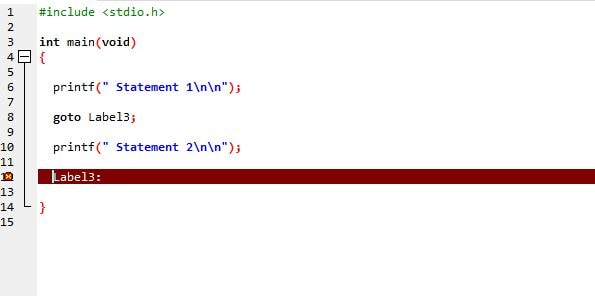

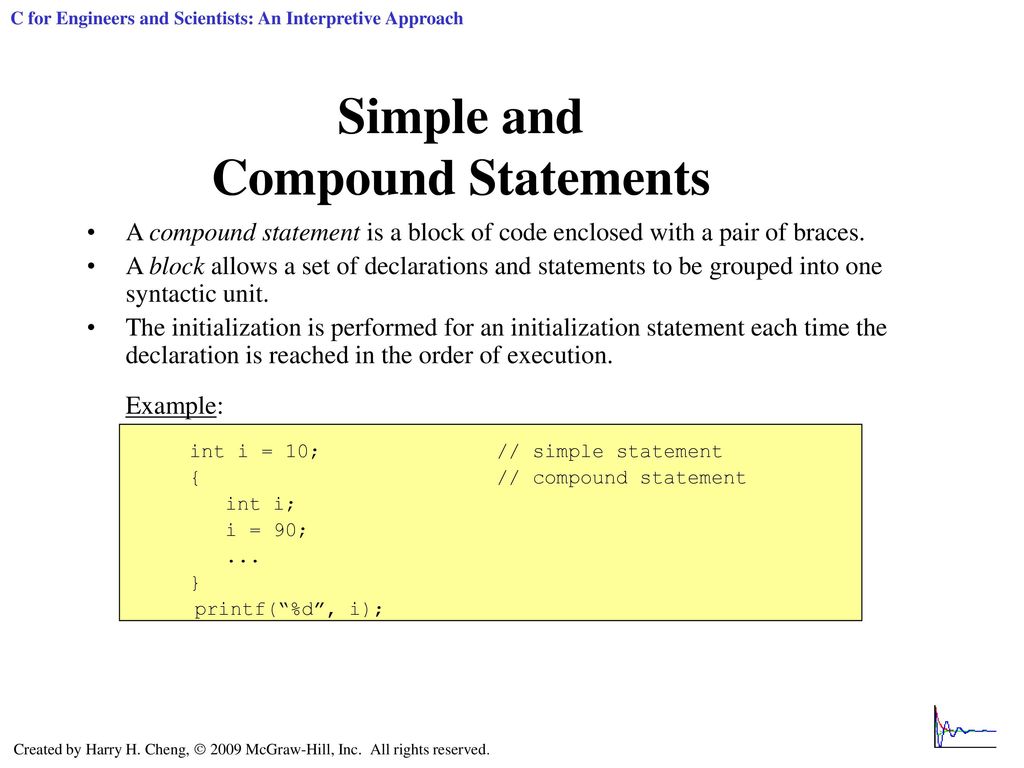






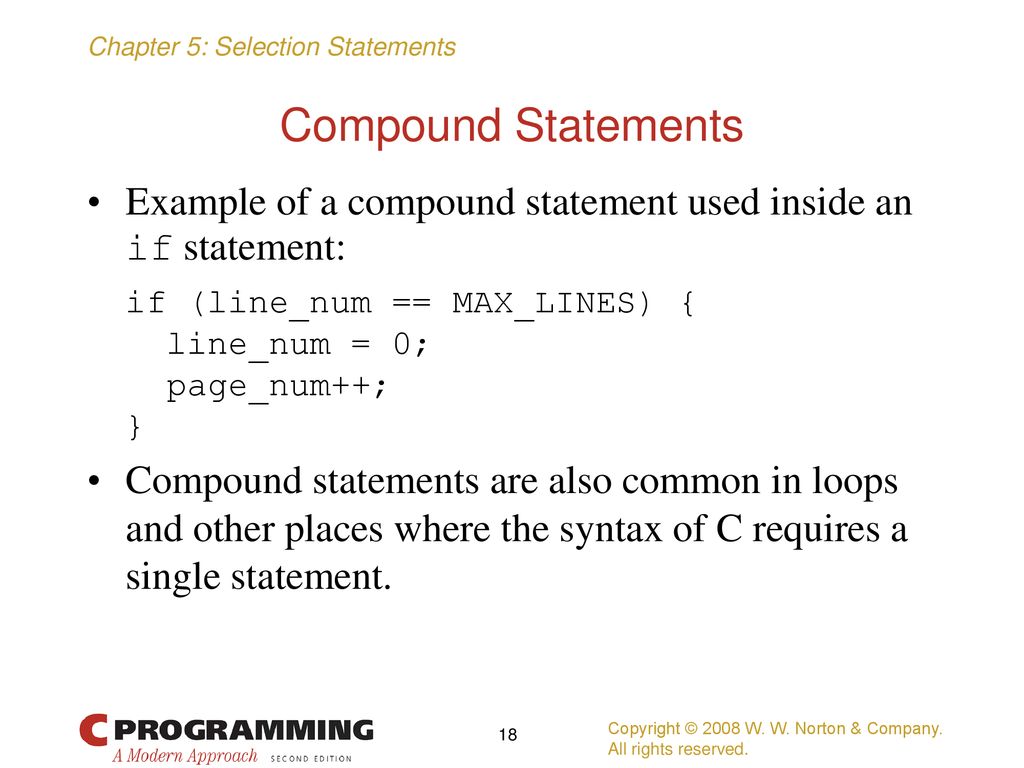
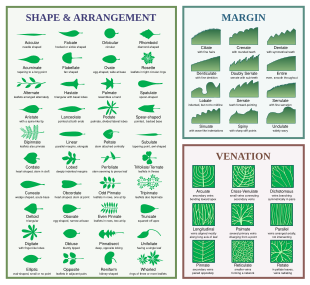

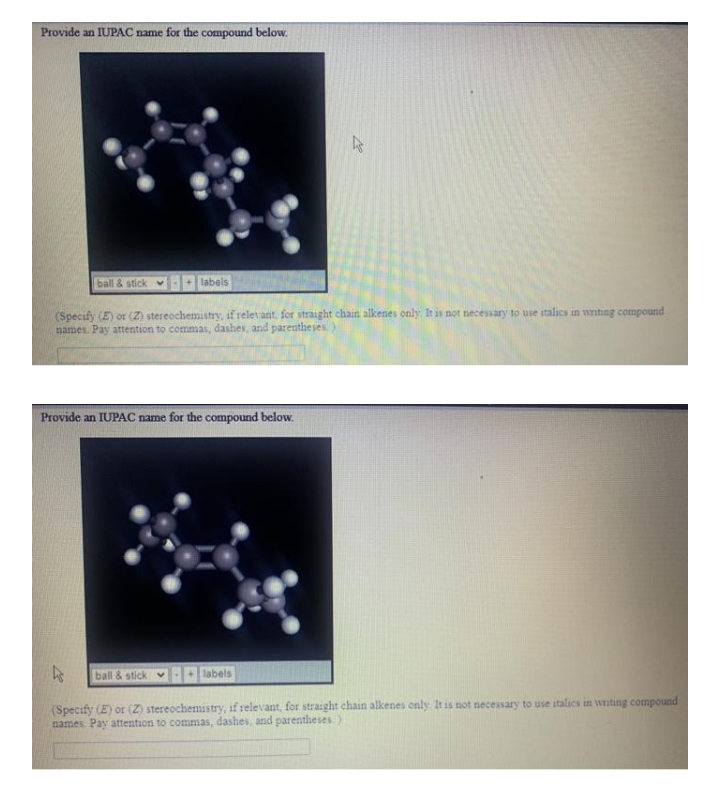

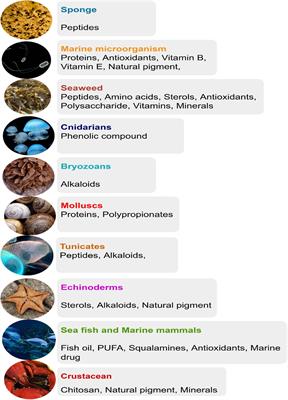
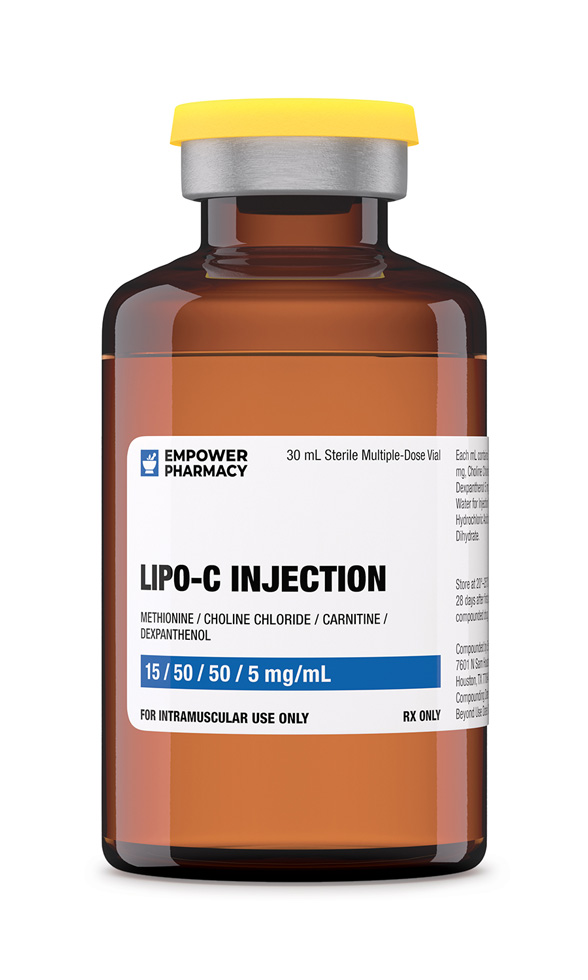


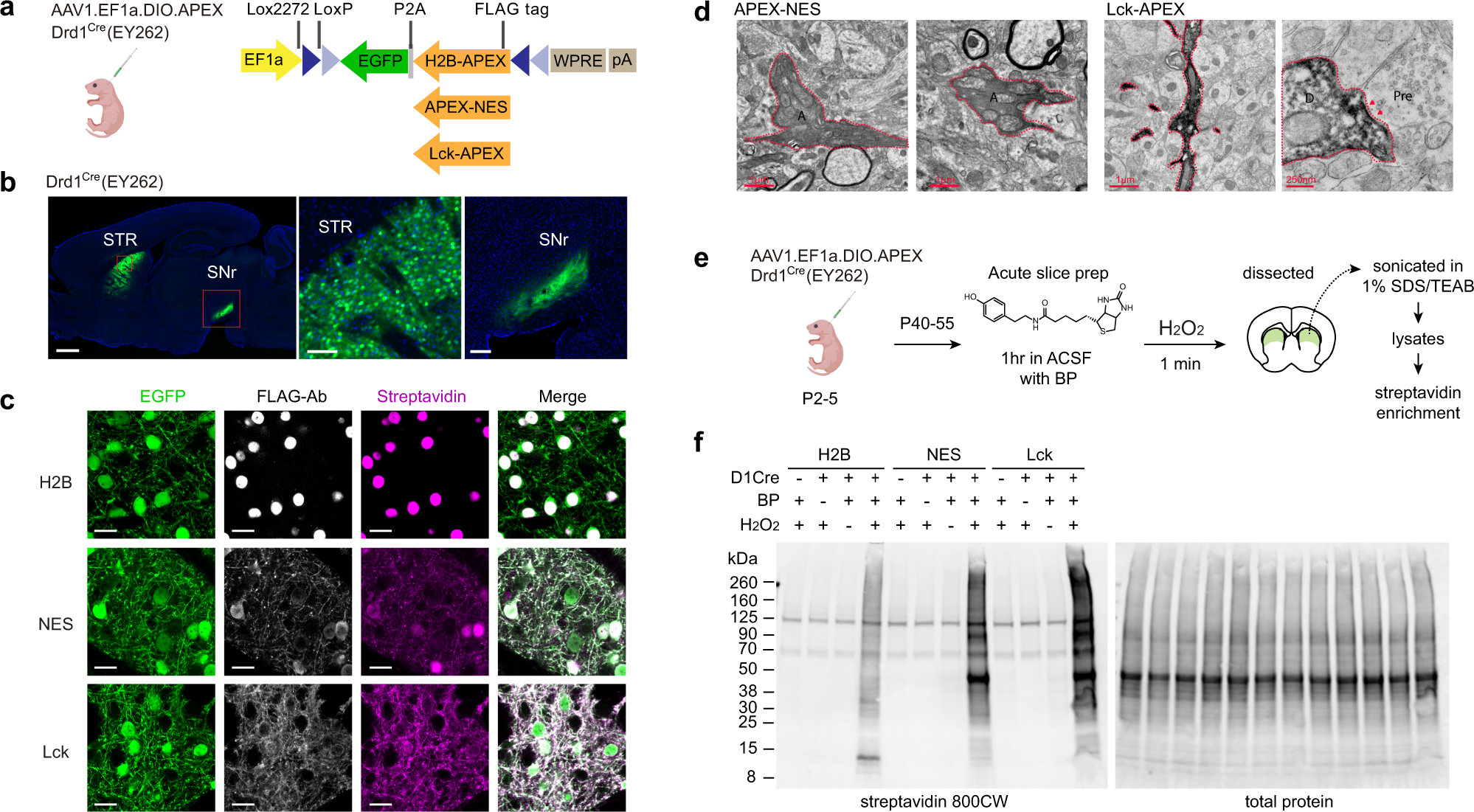


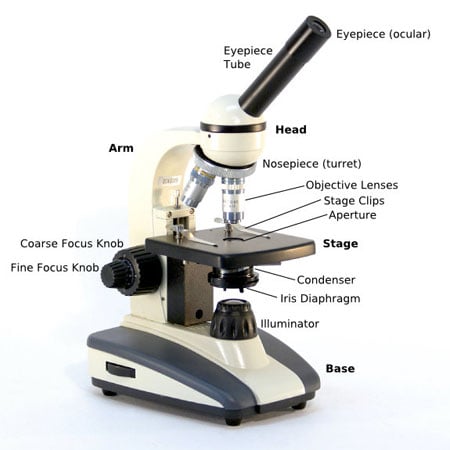
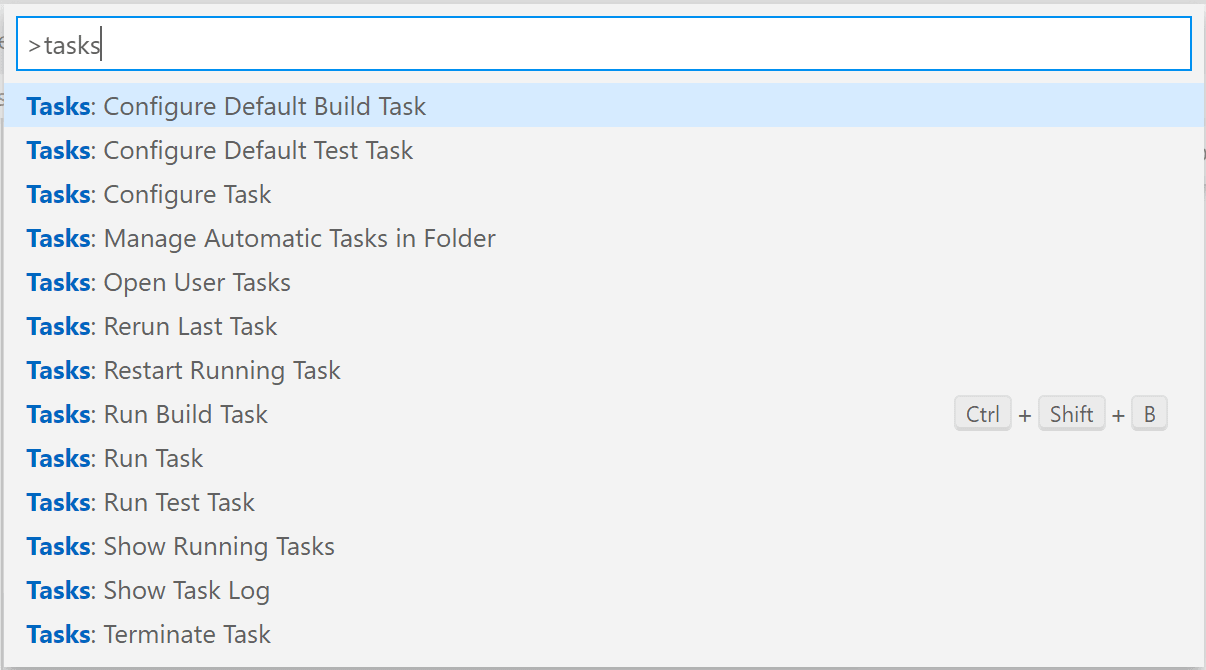



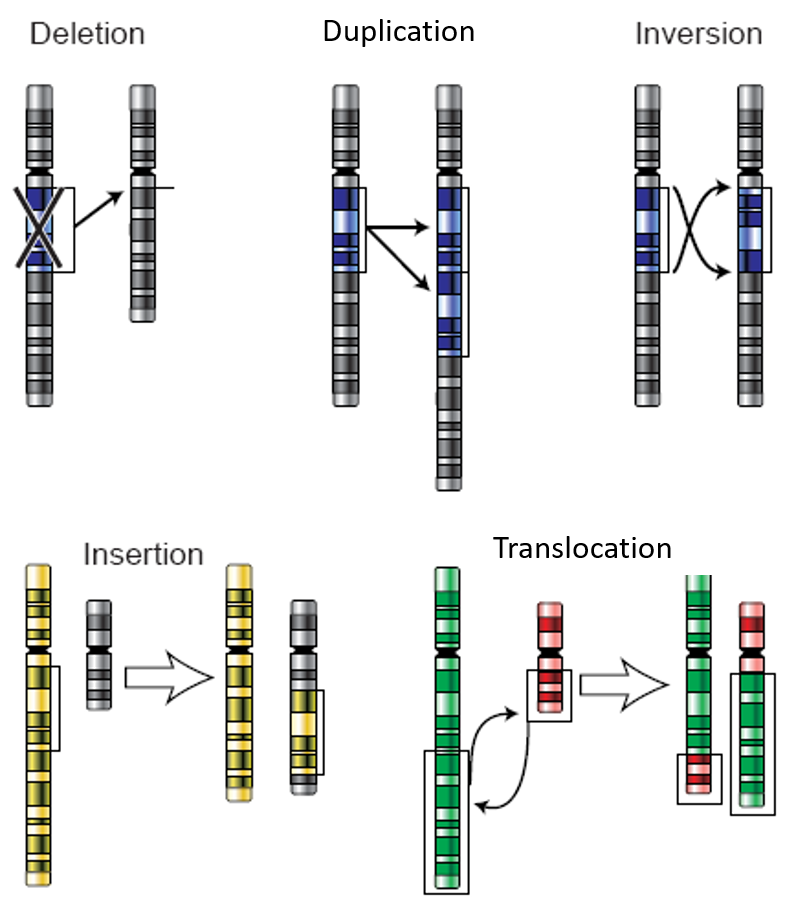






Post a Comment for "45 label at end of compound statement"